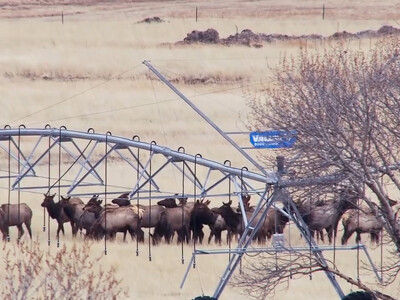What's Next, Replacing The Trans-Pacific Partnship
Representatives from Australia, Singapore, and other countries in the Far East and Pacific Rim were in Vietnam last week, negotiating a trade agreement that could potentially take the place of the Trans-Pacific Partnership. The Regional Comprehensive Economic Partnership agreement would exclude the U.S. and include China, which is currently not included in the TPP agreement. Some of the member countries included in TPP discussions are pushing ahead with the alternative agreement as the fate of the TPP in America isn't certain. Pro Farmer's First Thing Today reports that some experts are hoping news of these negotiations will spur the TPP discussion forward. Beijing is a key driver in discussions on the RCEP agreement, which would include 16 nations and 3.4 billion people, if it's ratified. If left out of the TPP, China would lose ground to manufacturing competitors like Vietnam, which would have greater duty-free access to the United States and other member nations. Speaking of China, with one of the largest apple crops projected NW shippers and packers are watching China's move that could create produce export delay or possibly halt themChinese authorities have said that certain countries including the US shall be subject to anti-mosquito treatment in order to prevent the mosquito virus from spreading. According to USA today The Agriculture Exporters Trade Group is working to find out who will fumigate, with what, when, who issues the certificate of extermination when only one corner of one state" -- Florida -- has had Zika reports from mosquitoes that are believed to be in the area.. One source in a Chelan fruit packing company has expressed concerns that the trade restrictions could impact the sales of the 2016 apple crop.


















